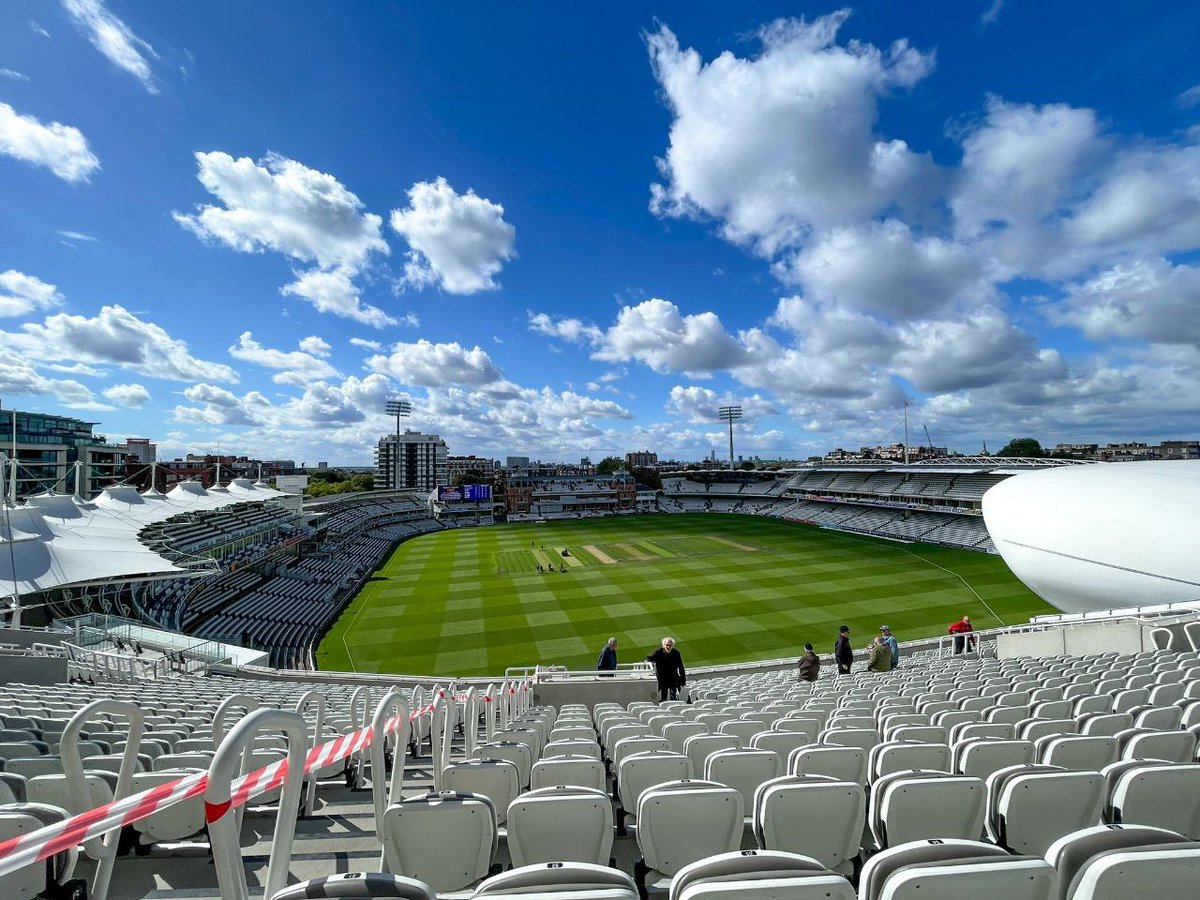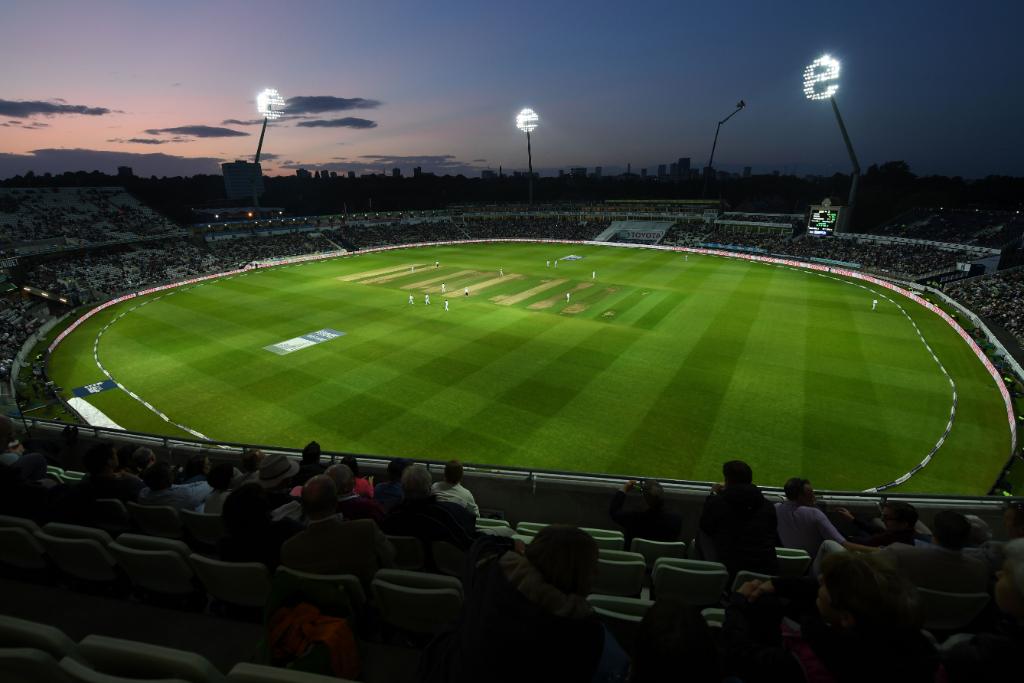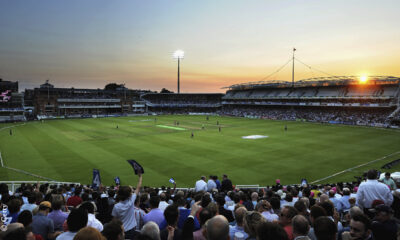When you think of cricket, especially Test cricket, the first image that probably comes to mind is an English cricket ground. There’s something undeniably unique about stadiums in England that sets them apart from the rest of the world. Whether you’re a die-hard England fan or just someone who appreciates the sport, you’ll know that cricket in England is more than just a game—it’s a tradition, an atmosphere, and a piece of living history.
So why exactly are England cricket stadiums different than others? Let’s dive into what makes them truly special.
1. The Historic Legacy
England is the birthplace of cricket, and its stadiums reflect that rich heritage. Grounds like Lord’s, The Oval, and Old Trafford have witnessed centuries of cricketing history. Lord’s, often referred to as the “Home of Cricket,” was established in 1814. The very air at Lord’s carries the weight of legends like Sir Don Bradman, Ian Botham, and Ben Stokes. You can’t replicate that kind of atmosphere in a newer venue.

While other countries have large, modern stadiums with flashy facilities, English stadiums boast timeless charm. The pavilion at Lord’s, with its iconic Long Room, is more than a structure—it’s a walk through cricketing history. No other nation blends tradition and sport quite like England.
2. Unique Pitch Conditions
Another reason England’s cricket stadiums are different is due to the variable pitch conditions and weather. English pitches tend to offer more to swing and seam bowlers, especially under overcast skies. Grounds like Trent Bridge and Headingley are known for being a fast bowler’s paradise. This is in stark contrast to the subcontinent, where spin-friendly dry tracks dominate, or to Australia and South Africa where bounce and pace rule.

Each English venue has its own character. For example:
-
Edgbaston is known for its partisan crowd and atmosphere.
-
Headingley is famous for dramatic comebacks (just ask Ben Stokes).
-
The Rose Bowl in Southampton offers balanced conditions that can challenge both bat and ball.
3. Weather—Unpredictable Yet Integral
You can’t talk about English cricket stadiums without mentioning the weather. One moment it’s sunny, the next, the covers are coming out. This unpredictability adds an extra dimension to matches played in England. Rain delays, overcast skies, and cool breezes aren’t just part of the game—they define it here.
The Duke ball, used in England, swings more than the Kookaburra or SG balls used in other parts of the world. Combine this with greenish wickets and cloudy conditions, and you get a test of pure skill. This environment levels the playing field, often giving bowlers the upper hand in ways that are rarely seen elsewhere.
4. Stadium Architecture and Size
English cricket grounds are generally smaller in size compared to some modern stadiums in India, Australia, or the UAE. But what they lack in scale, they make up for in atmosphere and intimacy. Sitting at The Oval or Edgbaston, you’re never too far from the action. You can hear the sound of the ball hitting the bat, the players’ calls, and sometimes even the banter from the slip cordon.

The traditional red-brick architecture, iconic scoreboards, and classic seating arrangements give English grounds a distinctly vintage appeal. Even the newer stadiums like The Ageas Bowl are built with a design that maintains that English identity—no over-the-top luxury boxes or alienating distance between players and fans.
5. Crowd and Culture
Let’s not forget the crowds. English cricket fans are knowledgeable, passionate, and often quite witty. The Barmy Army, in particular, adds color and voice to any match. You’ll hear chants, songs, and jeers (all in good fun) that create a carnival-like atmosphere—especially during The Ashes.

Unlike some stadiums around the world where the crowd comes and goes, English crowds stay engaged all day long. And don’t be surprised to see people dressed in fancy costumes on day three of a Test match—there’s a certain cheeky charm about it that you won’t find anywhere else.
6. Tea Breaks and Traditions
Cricket in England is steeped in tradition. The tea break during Test matches is more than just a pause in the game—it’s an institution. Fans and players alike treat it with reverence. You’ll find tea served in proper cups in members’ enclosures and homemade scones at local tea stalls around the ground.
These small touches—whether it’s ringing the five-minute bell at Lord’s, or the players walking through the Long Room—add a sense of ceremony to the match that is unique to England.
7. Use of Technology and Preservation of Heritage
While many stadiums around the world are racing to become tech-heavy arenas, English stadiums have found a way to merge tradition with modernity. You’ll find state-of-the-art replay screens and digital analysis tools, but you’ll also see hand-operated scoreboards and old-fashioned signage.

The Marylebone Cricket Club (MCC), headquartered at Lord’s, is a guardian of the game’s laws and heritage. Their influence ensures that English cricket stadiums maintain a fine balance between moving forward and preserving the soul of the sport.
8. Multi-Format Adaptability
Another standout feature is how versatile English grounds are. Whether it’s Test cricket, ODIs, or T20s, these grounds effortlessly switch between formats. The same ground that hosts a gritty five-day contest can transform into a sea of color and music for a Friday night T20 Blast match.
Grounds like Old Trafford and Headingley host not only international cricket but also serve as home grounds for county cricket clubs. This strong county cricket culture keeps the grounds alive year-round and maintains their connection with the local community.
Final Thoughts: A Fan’s Pride
As an English cricket fan, walking into any of our cricket stadiums is like coming home. You don’t just watch the match—you live it. From the moment you queue outside the gates, sip your first pint, cheer that edge to third man, and chat with fellow fans about Ian Botham’s 1981 heroics or Stokes’ miracle in 2019—you’re part of something bigger.

So, why are England cricket stadiums different than others?
It’s the history, the conditions, the intimacy, the unpredictable weather, and the unbreakable traditions. It’s the cheers echoing off brick walls, the polite claps for a fifty, and the roars of a packed Edgbaston. It’s a legacy that can’t be built overnight.
And as long as cricket lives in England, these stadiums will remain the cathedrals of the sport—where past meets present and where every ball bowled adds another chapter to the story we love.










